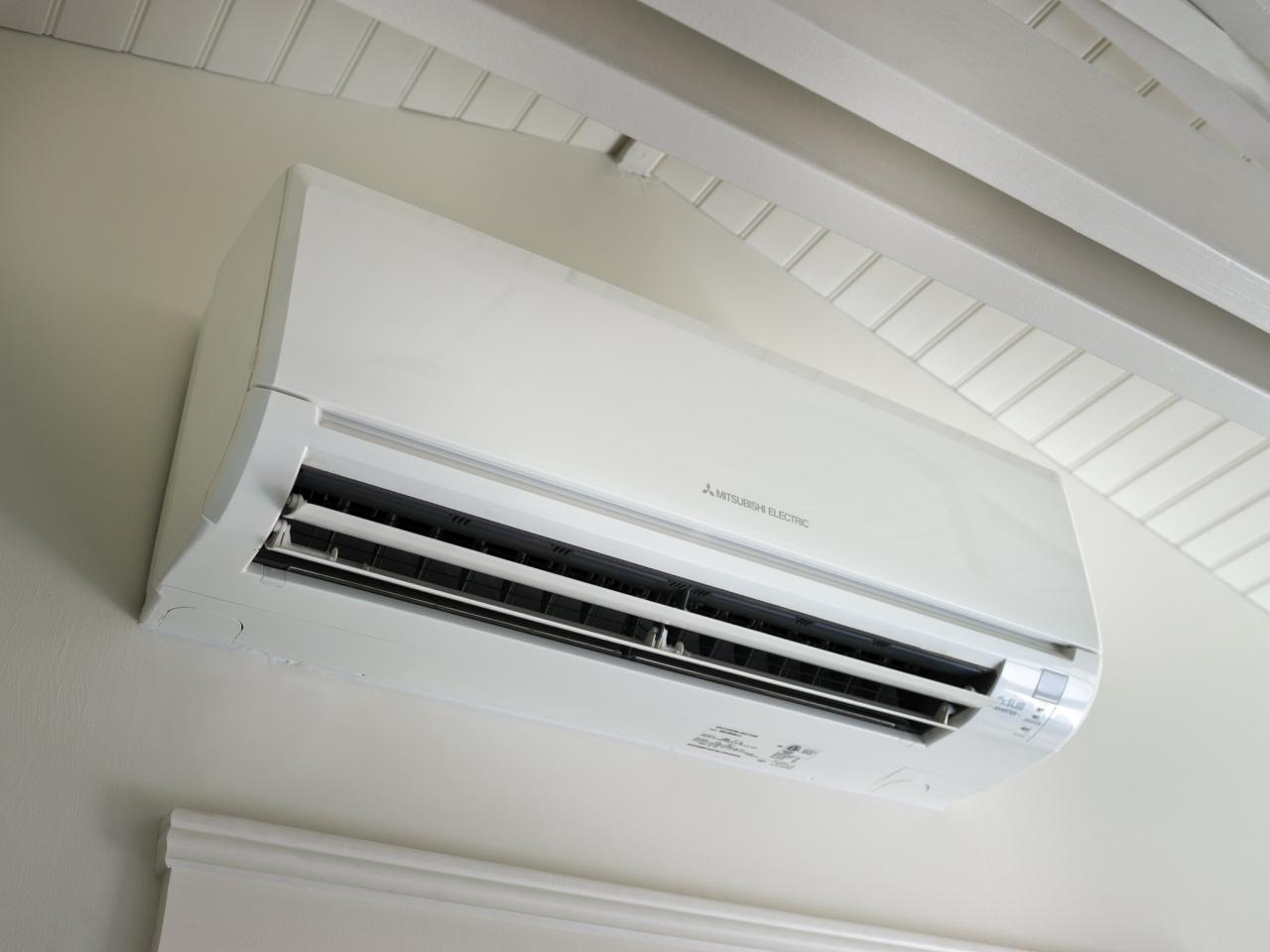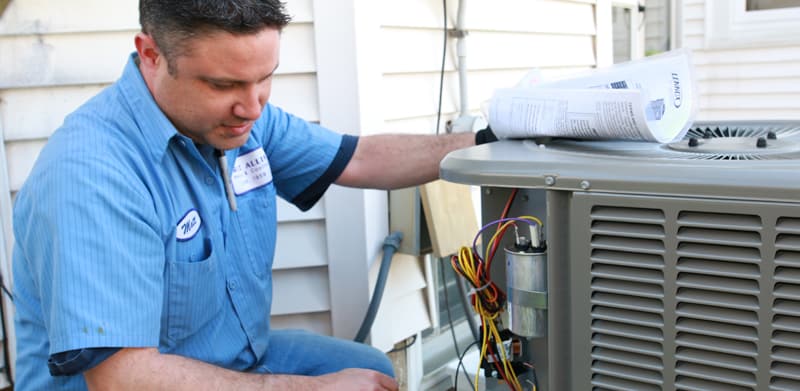Considering the complexities of cooling down ancient houses, air conditioning installment for historic homes presents strange predicaments.
Just how can you maintain the integrity of period residential or commercial properties while ensuring superior interior comfort?
Unwind the enigmatic interaction between modern air conditioning benefits and timeless architectural prizes in the following discussion.
Secret Takeaways
- Protect historic beauty with appropriate materials and expert support.
- Upgrade electric systems for contemporary cooling and heating compatibility and security.
- Explore portable cooling choices like mini-split or high-velocity systems.
- Improve power efficiency with insulation, clever thermostats, and maintenance.
Historic Factors to consider

When thinking about the installation of cooling in a historical home, it is necessary to recognize the distinct historical facets of the residential property. Remediation difficulties usually develop when trying to blend modern-day convenience with preserving the historical stability of the home. The building effect of setting up air conditioning should be meticulously examined to make sure that the system does not interfere with the home's initial layout.
Preserving the historic beauty of a home while updating its amenities can be a delicate balance. Reconstruction challenges may include finding methods to hide ductwork, situating discreet locations for the outside device, or adapting the system to fit within the existing architectural restrictions. It's important to work with specialists experienced in historic home restorations to browse these challenges effectively.
The architectural influence of including a/c can be substantial. Cautious consideration must be provided to how vents, thermostats, and various other components will blend with the home's visual. Making certain that the installation does not jeopardize the historic stability of the residential property is extremely important when undertaking such a project in a historical home.
Evaluating Electric Equipments
To ensure a successful installation of a/c in a historical home, examining the compatibility and capability of the existing electric systems is crucial. Before proceeding with the setup, it is essential to examine whether the electric system can deal with the additional lots that the cooling unit will certainly introduce. In some cases, upgrading the voltage of the electrical system may be necessary to make certain it can power the brand-new cooling system successfully.
System compatibility is one more essential variable to assess when assessing the electric arrangement of a historical home. Older electric systems might not work with contemporary air conditioning systems, which can result in malfunctions or even position safety dangers. Making sure that the electric system is compatible with the new cooling tools will assist avoid any type of potential issues down the line.
Space Constraints and Ductwork Options
When managing limited area in your historical home, you might want to explore ductless mini-split systems or high-velocity heating and cooling systems as feasible choices. These systems can supply efficient cooling without the demand for extensive ductwork, making them ideal for older homes with space constraints.
Ductless Mini-Split Equipments
Thinking about space constraints and different ductwork choices, ductless mini-split systems offer a flexible option for cooling setup in historic homes. These systems give considerable energy savings contrasted to typical HVAC configurations, as they enable zoning, suggesting you can cool certain areas only when needed.
The style versatility of ductless mini-split systems is also useful for historic homes, where preserving the initial aesthetics is essential. With no ductwork required, installment is less intrusive, making it a preferred choice for older homes with limited area or where protecting architectural integrity is a priority.
Ductless mini-split systems are efficient, customizable, and mix effortlessly right into historical interiors, providing a functional and energy-efficient cooling service.
High-Velocity A/c Solutions
High-Velocity a/c systems give a portable and reliable cooling solution for historic homes with limited space and particular ductwork demands. When taking into consideration these systems for your historical home, here are four key points to keep in mind:
- Mini duct systems: High-Velocity HVAC systems use mini ducts that are a lot smaller sized in size contrasted to typical ductwork, making them perfect for homes with space restrictions.
- Portable layout: The portable layout of these systems permits much easier installation in older homes where room is restricted.
- Effective cooling: Regardless of their tiny size, high-velocity systems can giving reliable cooling throughout your historic home.
- Adaptable setup: These systems provide numerous ductwork choices, such as versatile tubing, which can be routed through existing wall surfaces without major restorations.
Power Effectiveness Solutions
To boost the energy effectiveness of your historical home, take into consideration upgrading the insulation and incorporating a wise thermostat. These solutions can assist control interior temperatures successfully and decrease power intake, making sure a much more lasting and cost-efficient cooling system for your unique residential or commercial property.
Make these upgrades part of your a/c setup plan to make best use of comfort while decreasing environmental impact.
Insulation Upgrades
Updating the insulation in your historic home can considerably improve its power efficiency and general convenience while protecting its special personality and beauty. Think about these vital methods for insulation upgrades:
- Review Window Treatments: Setting up energy-efficient home window therapies like protected curtains or blinds can assist decrease warm transfer and improve the overall effectiveness of your home.
- Improve Roofing Insulation: Upgrading roofing insulation is vital for better temperature policy within your historical home, helping to keep it cool in the summer season and warm in the winter season.
- Seal Gaps and Cracks: Recognizing and securing gaps and fractures in your home's wall surfaces, floors, and ceilings can avoid air leak and boost insulation efficiency.
- Consider Attic Insulation: Properly insulating your attic room can substantially minimize warm loss and enhance the overall energy efficiency of your home.

Smart Thermostat Assimilation
Taking into consideration the energy-saving advantages of insulation upgrades in your historical home, integrating a wise thermostat can additionally boost your energy efficiency remedies.
Smart thermostats offer accurate control over your home's temperature level setups, causing considerable power cost savings. By enhancing home heating and cooling schedules based on your preferences and daily routines, you can decrease energy waste and reduced utility expenses.
In addition, smart thermostats give remote access, permitting you to readjust the temperature level settings from anywhere utilizing your smart device or computer system. This attribute allows you to make sure your home is efficiently heated up or cooled down even when you're away, making the most of convenience while lessening power consumption.
Welcoming wise thermostat modern technology is a sensible action towards improving the power efficiency of your historic home.
Preservation Techniques for Air Vents
Maintaining the honesty of historical air vents is necessary during the installment of a/c systems in older homes. When it comes to preserving the building authenticity of your historical residential property while upgrading its comfort, consider the adhering to preservation strategies for air vents:
- Reconstruction Techniques: Execute careful repair techniques to preserve the initial layout and product of the air vents, guaranteeing they mix effortlessly with the historical aesthetic appeals of your home.
- Seek advice from Professionals: Inquire from specialists experienced in historical preservation to assist you on the best practices for maintaining the air vents' architectural honesty.
- Custom Solutions: Explore personalized remedies that accommodate the distinct qualities of your historical air vents, enabling contemporary upgrades without endangering their original beauty.
- Period-Appropriate Materials: Select period-appropriate products when repairing or replacing air vents, ensuring they align with the historic era of your home's layout.
Specialist Tips for Successful Installment
When setting up cooling in historic homes, guaranteeing effective installment needs complying with professional ideas for a seamless combination with your building's unique features.
Begin by very carefully assessing guarantee protection supplied by different heating and cooling business to safeguard your financial investment in case of malfunctions. Obtain all required authorization requirements from neighborhood authorities prior to beginning any kind of installation work to stay clear of legal issues down the line.

Spending plan planning is necessary; ensure to represent any unforeseen costs that might arise during the installment procedure. Additionally, develop upkeep timetables from the start to keep your brand-new system running efficiently for years to find.
Frequently Asked Questions
Can Air Conditioning Be Mounted in a Historic Home Without Compromising Its Historic Honesty?
Yes, you can mount air conditioning in a historic home without jeopardizing its historical honesty. Preservation methods can be utilized to effortlessly integrate modern air conditioning systems while preserving the home's initial charm.
By purposefully putting ductwork and systems unseen, you can guarantee that the historic features continue to be noticeable.
It's feasible to appreciate the conveniences of cooling in a historical home without compromising its one-of-a-kind character.
Exist Special Considerations to Keep in Mind When Setting Up Cooling in a Historic Home With Outdated Electric Systems?
When updating electrical wiring in a historical home with obsolete electric systems, unique factors to consider are necessary. Conservation methods must be made use of to maintain the historic integrity of the property.
It's important to collaborate with specialists that understand the fragile balance in between contemporary eases and maintaining the home's distinct personality.
Just How Can Ductwork Be Quietly Set Up in a Historic Home With Limited Room?

When taking care of limited space in a historic home, you'll require to consider discreet design and space-saving remedies for mounting ductwork. To keep historical preservation while enjoying modern-day convenience, check out innovative means to tuck air ducts away without compromising the home's aesthetics.
Consider slim air duct options or ponder making use of existing tooth cavities for duct positioning. By blending performance with subtlety, you can ensure a seamless integration of cooling in your historic home.
What Are Some Energy-Efficient Choices for A/c in Historic Residences?
When searching for energy-efficient choices for air conditioning in historical homes, think about making use of energy-efficient zoning and small split systems. Energy-efficient zoning assists control temperature levels in various areas of your home, preserving power.
Mini split systems are a great option for older homes with limited area, offering both cooling down and heating up functions. By choosing these solutions, you can maintain your historical home comfortable without endangering on power efficiency.
Are There Particular Preservation Methods That Should Be Used for Historic Air Vents During Setup?
When setting up a/c in historic homes, conservation strategies play a critical role. It's important to see to it that the existing air vents are thoroughly integrated right into the brand-new system to keep the historical aesthetic of the home.
Conclusion
When mounting air conditioning in historic homes, it is very important to ponder the one-of-a-kind challenges such as preserving the home's historic honesty, reviewing electric systems, and working within room constraints.
By carefully planning and utilizing energy-efficient services, you can efficiently install air conditioning without compromising the personality of your historical home.
Keep in mind to speak with experts for advice and guarantee correct preservation techniques for air vents to maintain the beauty and capability of your home. ductless heating and cooling
